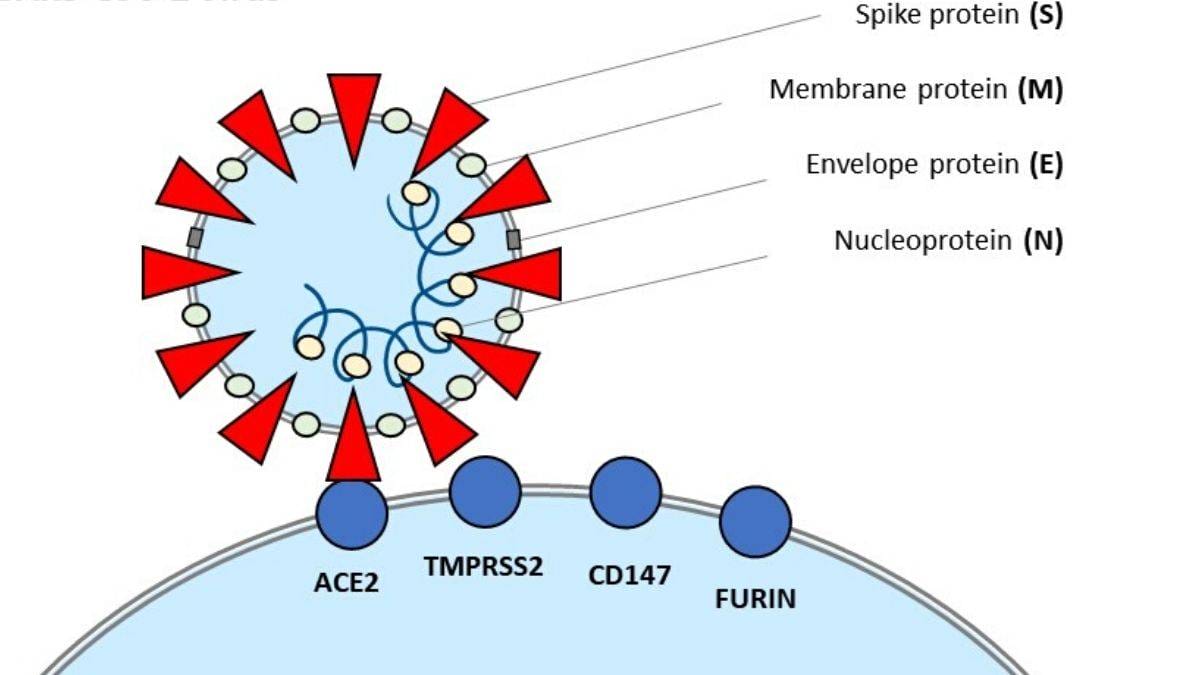The SARS-CoV-2 or COVID-19 pandemic that’s currently affecting the world comes from a family of viruses that are found to infect only mammals and birds. There are about 46 known species, out of which only 7 are capable of infecting humans. These include MERS and SARS viruses, along with the currently circulating SARS-CoV-2.
Compared to SARS and MERS, SARS-CoV-2 is far more infectious. The virus that causes COVID-19 is similar to the virus that caused SARS, but it is more identical to the bat Coronavirus (CoV) named RaTG13 in the spike (S) gene sequence.
Many researchers support the identity of the bat as the reservoir for several CoVs, the reservoir host of the current virus is still unknown. The spike protein is the key to the entry into the host cell. ACE2 is the human cell receptor.
The binding of spike and ACE2 triggers membrane fusion and viral entry into the host cell. The spike protein is composed of two subunits, S1 and S2. The receptor-binding domain is located on S1, which binds with the ACE2 molecule. This activates certain changes that lead to the fusion between the virus and our membrane, which in turn releases the virus to infect the host cell.


